Art
“Creativity is intelligence having fun”
“It’s very important that as educators we learn how to recognise a process for what it is and not put our own cultural or aesthetic constraints onto interpreting a child’s work – but recognise that every act of creativity or creative action – any impulse to make a mark, is potentially important in creating the next generation of innovative, creative producers.” Sheila Ceccarelli, Access Art
Intent
A happy child will learn. Making art has been shown to have a measurable impact on health and wellbeing. At BDS the art curriculum prioritises enjoyment and playful exploration of media and tools underpinned with learning about artists, designers, architects and their art work developing a “visual literacy” and love of the cultural visual arts. We focus on ‘process art,’ where the emphasis is on the learning gained from the process and it’s journey rather than a ‘perfect outcome,’ which supports individuality and accessibility in art making. Drawing has been shown through research to support memory skills; we provide opportunities to explore a wide variety of drawing and we value the notion that ‘everyone can draw.’
Implementation
Our curriculum is designed to teach a clear set of skills within drawing, sculpture, painting and understanding of colour while allowing exploration of pattern, texture, line, shape, form and space. Printing, textiles and collage are woven into the units of work to support creative playful exploration and to develop sketchbook use in KS2. Progression is designed around a backbone of a key skills ladder supported by motor skill advice from an Occupational Therapist. This allows units of work to be tailored to pupils’ individual motor needs and the opportunity to revisit and embed learning as our pupils progress through year groups. Engaging art activities are designed specifically to also support fine motor skills and the development of muscle strength and control when
making art as well as developing communication and interaction. Key skills are taught discretely which pupils can then apply to creative art making. The annual KS2 Arts Show provides a further culturally authentic opportunity to apply their learning as the art curriculum works with the DT curriculum to provide background, sets and costumes. Where a subject specialist teaches art in KS2,
Impact
Pupils enjoy art lessons and working in the art room. They enthuse about artists and art work they’ve seen and an understanding of using materials, media and mixing colour is embedded. They are confident when communicating an idea through drawing and space and can organise themselves independently. They can comment on art works using key vocabulary such as line, space, colour, abstract and realistic art. They know that everyone makes art uniquely and their work is different to their peers in exciting and unique ways. Where learning is active, three dimensional, playful and exploratory, recording of work is through digital
photography. Formative assessment in all art lessons supports next steps in planning finer details within a unit; feedback to pupils focusses on how their work is effective and expressive. Sketchbooks in KS2 are used by pupils as a learning resource, collecting ideas, skills, vocabulary and artist’s work as well as recording their own response to art making and what they have learned.
A skills ladder booklet provides an opportunity to record summative assessment for teachers and the coordinator to monitor both access and impact of the curriculum and inform planning.
Red 3 completed their project, “Giant Jewellery” last week, inspired by the art and design of Japanese artist #YayioKusama. They’ve explored colour, form and texture through painting, drawing, collage and sculpture.
Useful links:















